This is a real night vision (NV) scope. Infrared LED's are NOT required or needed for this scope to operate. Military surplus parts are available to create a generation 2 or 3 scope depending on your budget and luck sourcing parts. The scope in this build uses a generation 3 NV tube from an M1 tank.
DIY Night Vision Scope
Construct a night vision scope using military surplus parts and lenses salvaged from an old 35mm camera.
 Cheeky Monkees
Cheeky Monkees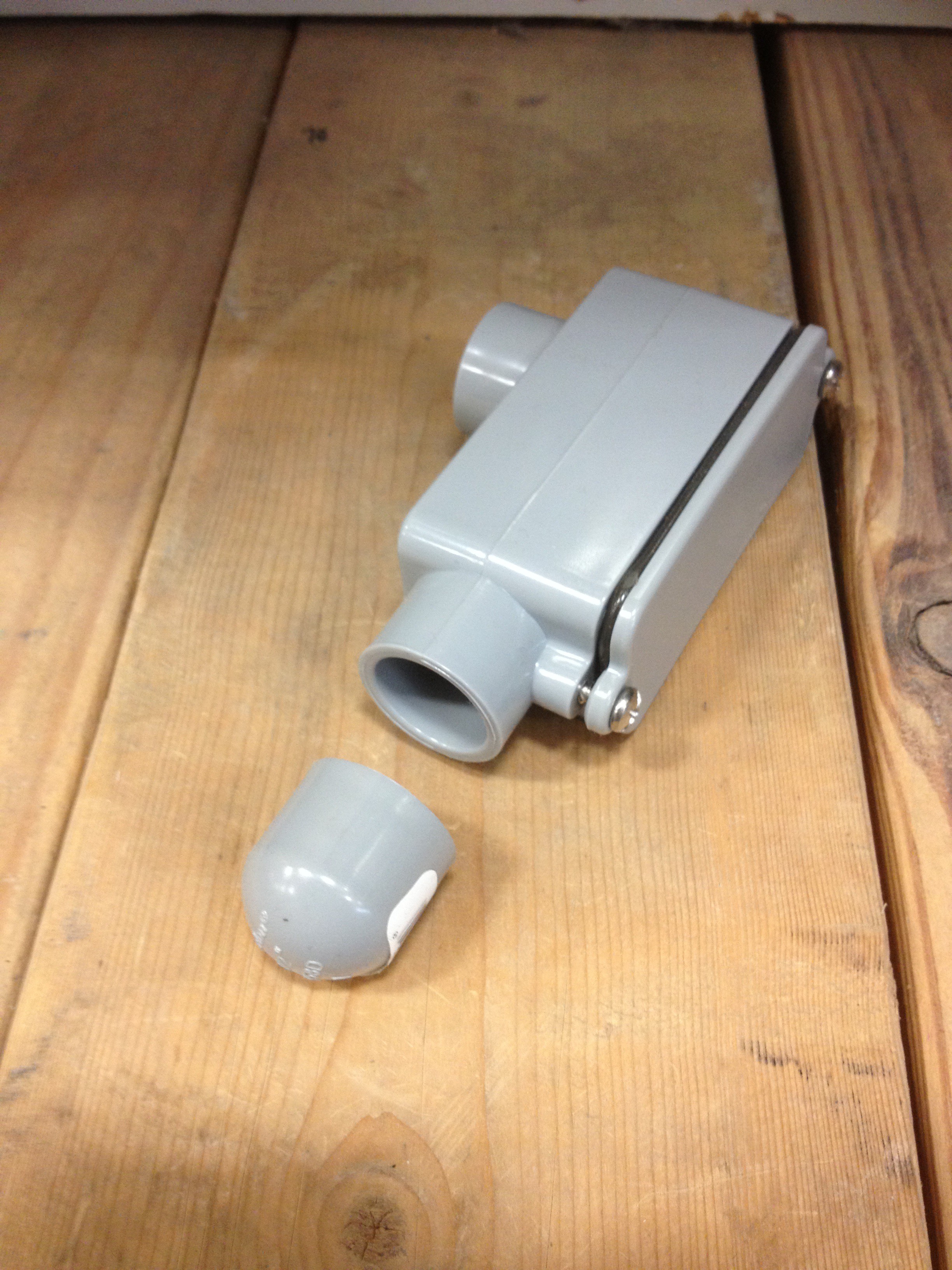
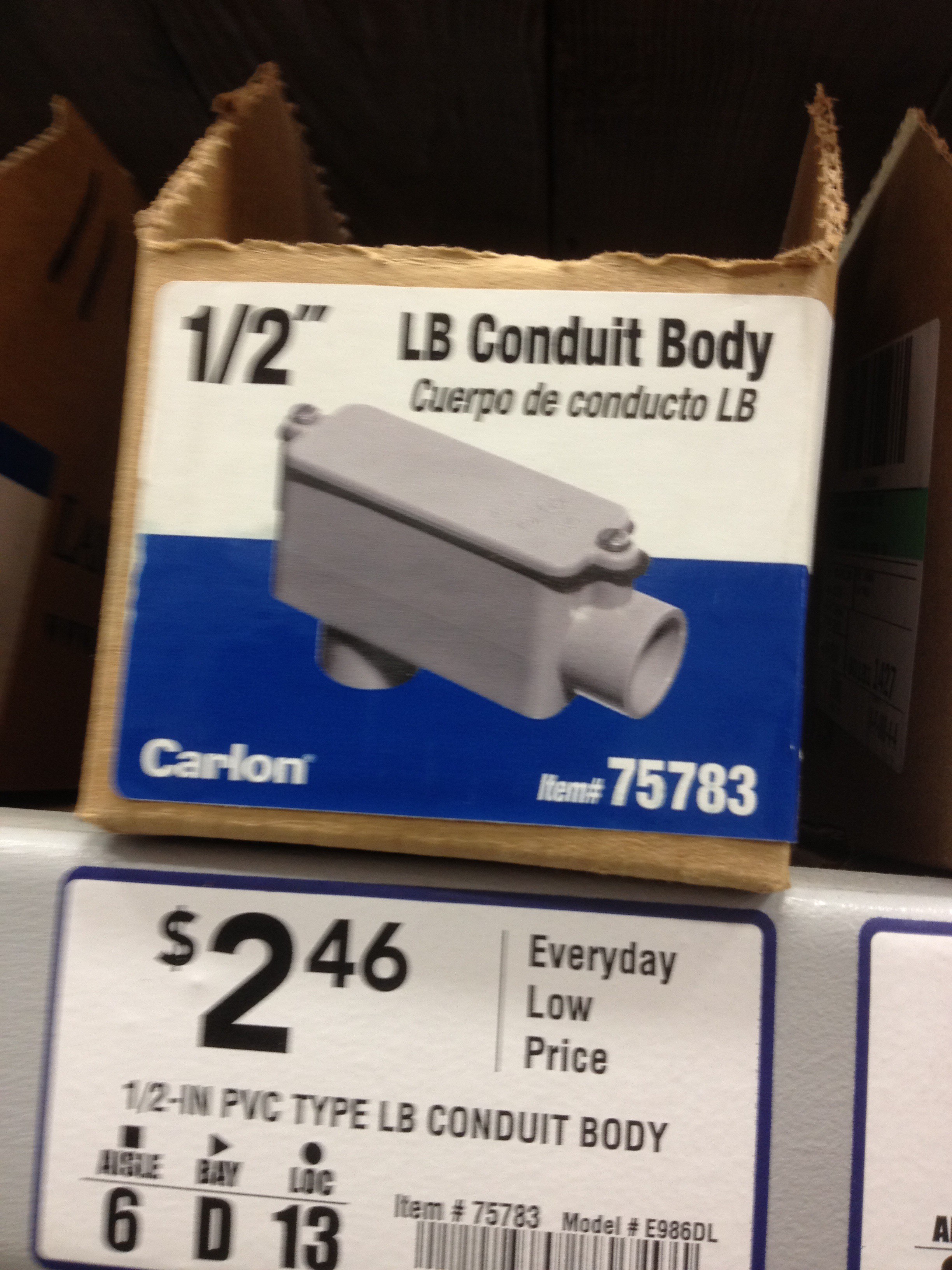
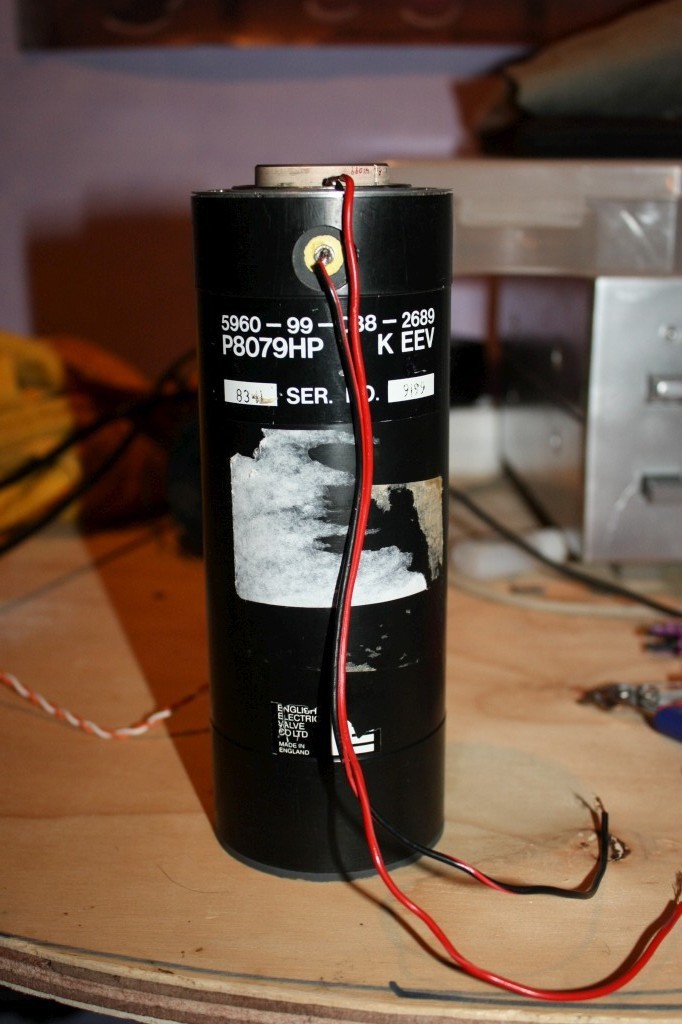
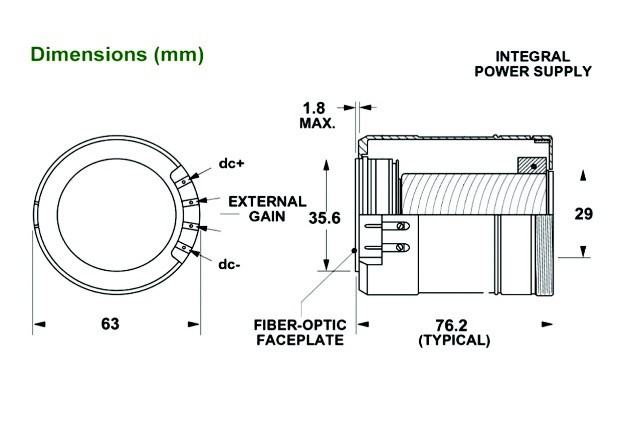
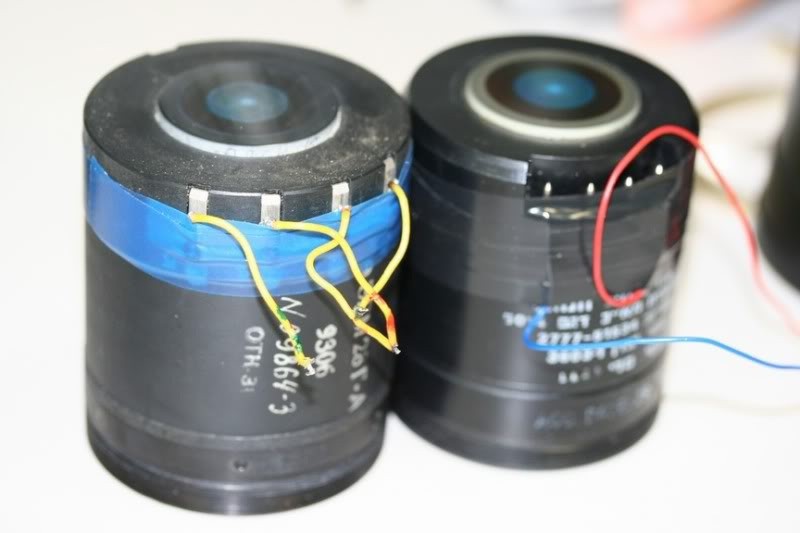



 Eric Ljungquist
Eric Ljungquist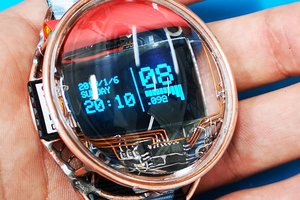
 Mile
Mile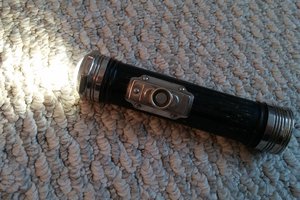
 Christian
Christian
 Robin Dorst
Robin Dorst